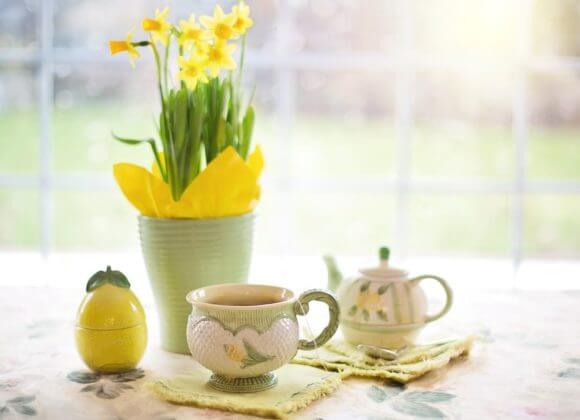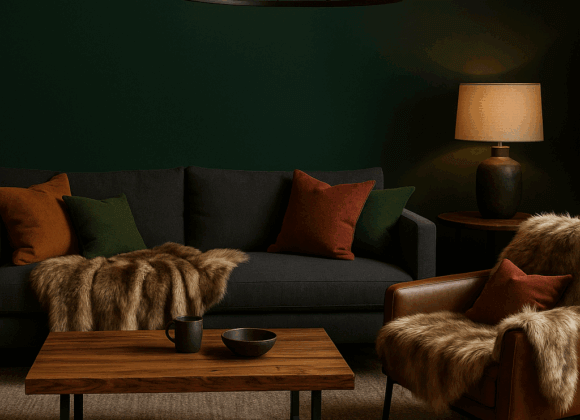Imagine Scandinavia and Japan going on a blind date – and there’s an instant spark. In a way, this liaison gave rise to
Where does the trend come from?
The love between Japan and Scandinavia is not entirely new. As early as the 19th century, European artists raved about Japanese aesthetics – Japonism influenced painting, design and architecture. As a style of living, however, Japandi only took off in Europe around five years ago. Interior bloggers in Copenhagen and Berlin got things started, followed shortly afterwards by magazines, and since the pandemic at the latest, Japandi has become synonymous with calm, decelerated living.
The trend in figures
Japandi has been one of the most searched for living styles on Google since 2020. It is particularly popular in Germany, Scandinavia and the Netherlands. Furniture brands such as Muuto, Ferm Living and IKEA pick up on elements, while Japanese designers such as Naoto Fukasawa and Nendo set international accents. Japandi is becoming increasingly important in cities in particular because it combines functionality with atmosphere – every square meter counts.
What makes Japandi so special?
Japandi thrives on the balance of two philosophies: from Scandinavia comes hygge – the art of making yourself comfortable, while from Japan comes wabi-sabi – the beauty of simplicity and imperfection.
The result: rooms full of calm, reduction and yet warmth. Typical features include light woods such as oak or birch combined with darker teak, linen fabrics, ceramics, handmade carpets and floating paper lamps. In terms of color, Japandi moves between beige, sand, stone gray and black as a clear contrast.

Who is Japandi suitable for?
Japandi is a living style for purists who prefer to have few, but high-quality pieces in their rooms. It appeals to people who are looking for peace and quiet after a long day – the reduction is almost like an architectural meditation. Japandi is also a particularly good fit for anyone who values sustainability: Natural materials and durable pieces of furniture harmonize with a conscious, resource-conserving lifestyle.
For whom not?
Japandi is less suitable for collectors and decorators who like to fill their rooms with souvenirs and accessories – open shelves full of souvenirs do not go well with the clear restraint. Color fans who love neon, pink or turquoise will also not be happy with Japandi. The style is equally unsuitable for people who like to completely rearrange their furniture on a regular basis: Japandi thrives on consistency and permanence, not on quick makeovers.
5 tips for Japandi at home
- Colors calm
Greige, beige, sand and stone grey as a base. Dark wood or black as an accent. - Less is more
Don’t overload rooms – a few high-quality pieces are enough. - Choose natural materials
Light-colored wood, stone, linen, ceramics or paper lamps create authenticity. - Wabi-Sabi living
Appreciate the imperfect – handmade ceramics, aged wood, patina. - Deliberate use of light
Soft, indirect lighting creates calm and emphasizes the clear lines.
Related posts:
Sustainable floor coverings: Bamboo, cork & co. in comparison












